In a nutshell:
The project aims to go beyond the continual discussions related to the city and to look at it from a different window. With the awareness that a deep in thought is crucial to design the problem, before the designing the solution, it aims to address the reality that we constantly encounter in the city scale, but often refuse to think, question or interpret: It’s the death in the digital era.
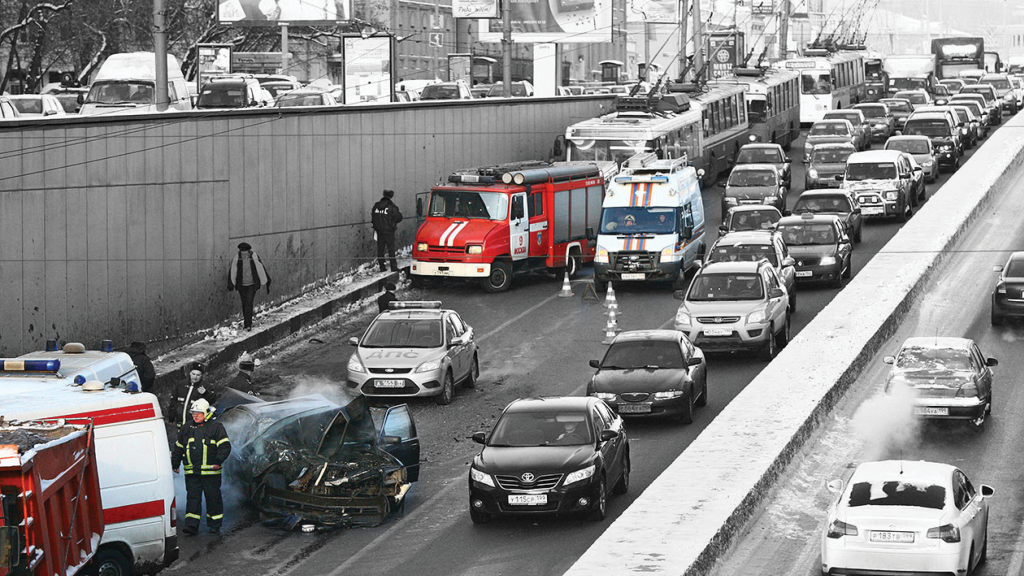
4_th_death
Since the topic of death has always been a taboo, we do not really notice that it happens on daily basis and it is also huge part of the city. So, when we think about death we mean dying of our physical body, but this is not really accurate model to describe. Our physical death is just our first death. Our second death is so called ‘social death’ when our body has been buried and people who knew us now aware that we are dead. Also, we have third death that happens when our name was pronounced for the last time. It is our historical death.

However, for some people, for instance historical personalities leaving traces behind them, the concept of the third death is not valid, they basically didn’t historically die, since we still remember the names of Cleopatra, Shakespeare and so on. Things changed when the digital era came. Now even the average person still has a certain amount of data on the internet after his/her death, so in some way they are still alive.
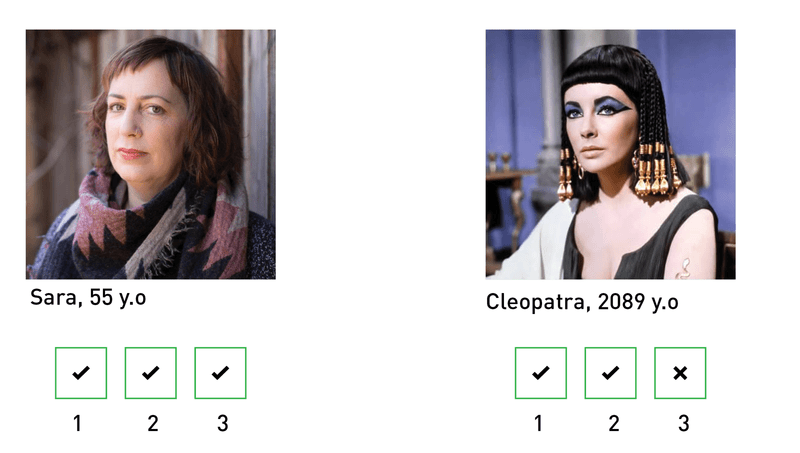
It is now obvious that have people have to deal with a fourth death, that becomes real when the personal data is extracted from the internet. After all, the first death: When your body dies, the second death: When your body is consigned to grave, the third death: When your name is spoken for the last time. And finally, the fourth death: When your data is extracted from the internet. Preliminarily, we ask ourselves if this fourth death, instead of staying in the servers, could happen in the same place as the second death. The funeral home can be not only a place for giving the service of burying the body, but also the service of burying the digital existence.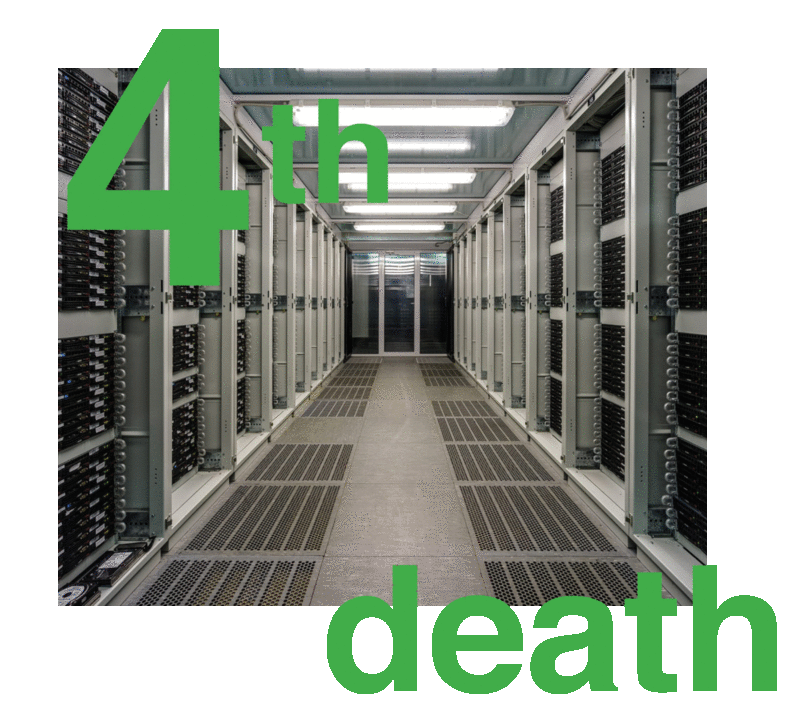
After our physical death, the procedures, or processes to be followed are well-defined. It is the same for all of Spain and for all the people living in Spain. However, it is not the same for our digital death. Because in the digital era, we have tens of different accounts and there are enormously a lot of different procedures to be followed, to be “digitally dead.” It is quite complicated and almost impossible for the people who are in charge of doing all those things after they lose their loved ones. However, in the end, we know that all these digital data exist in a digital limbo. So, our digital existence is divided and spread across different platforms. That is why this project is now in search of a place to collect different types of our digital body, considering that it could also be done in a funeral home.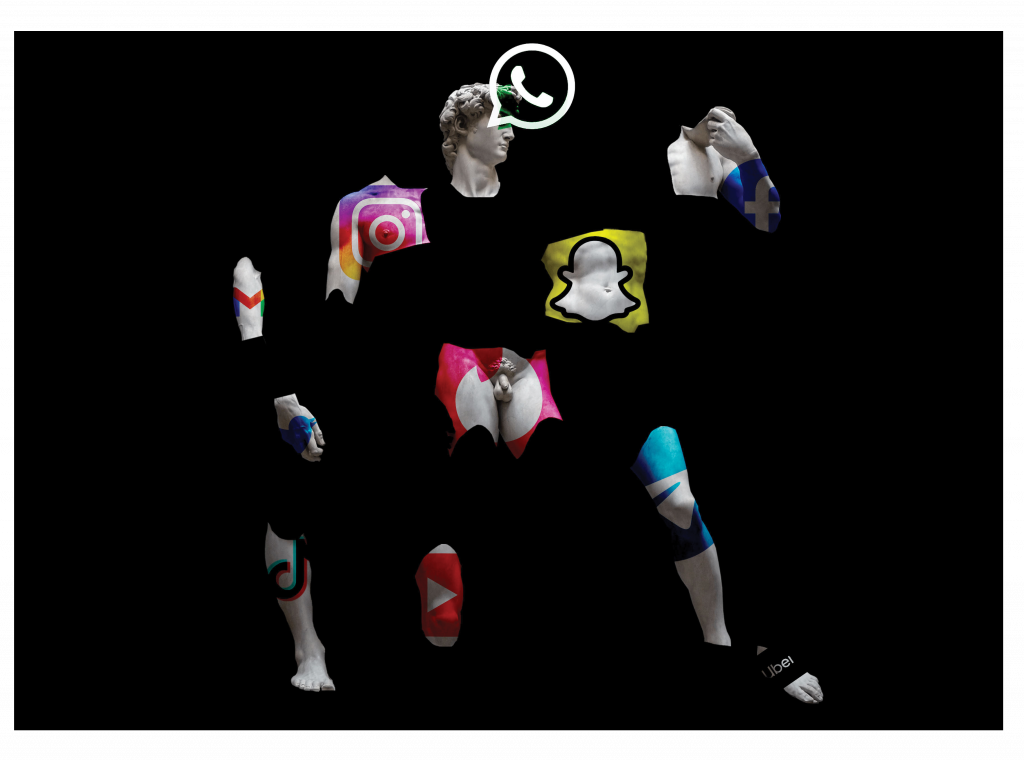
Before the digital era , one person could have hundrest of photos and it is probably owned in a photo album by the family so there is a defined ownership. In digital era , one person could have a million photos and they are spread across all these platforms thus owned by the digital platforms, so it’s out of individual ownership. There should exist a transmission of ownership of a deceased individual’s data to the family but there will come a moment in the future when this information may no longer be valuable and in that moment we consider this ownership can be transferred to the city to become become part of the municipal archive. 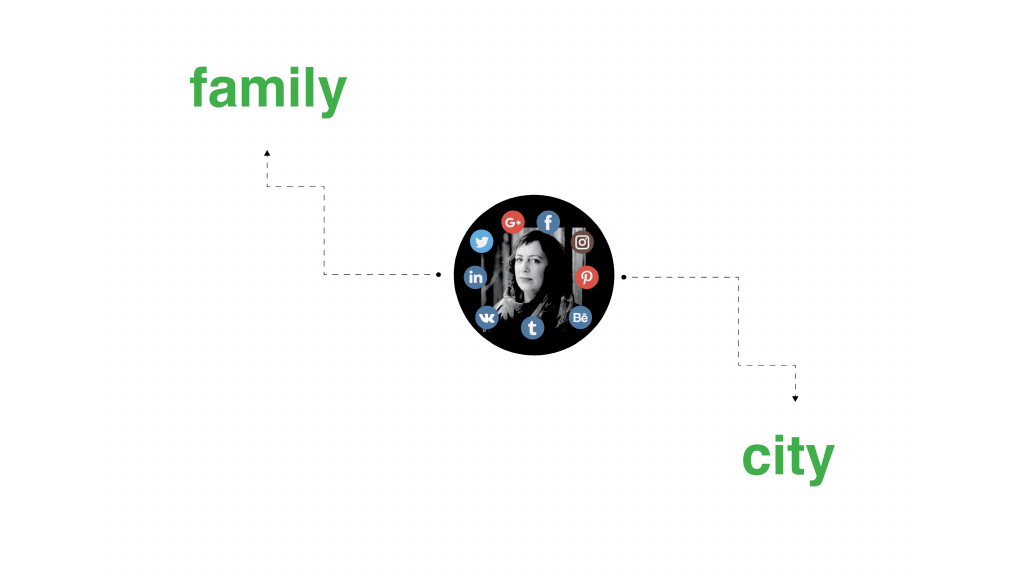
Our pitch occurs in the Sancho de Avila Funeral Home in Poblenou related to the Poblenou Cemetery which is the first cemetery in Barcelona. We find an opportunity here that it could be the first funeral home to deal with the 4th death. In the end this funeral home provides the services in order for the 4th death to happen, in terms of managing the digital data of the deceased individual to transference of the ownership and its accessibility.
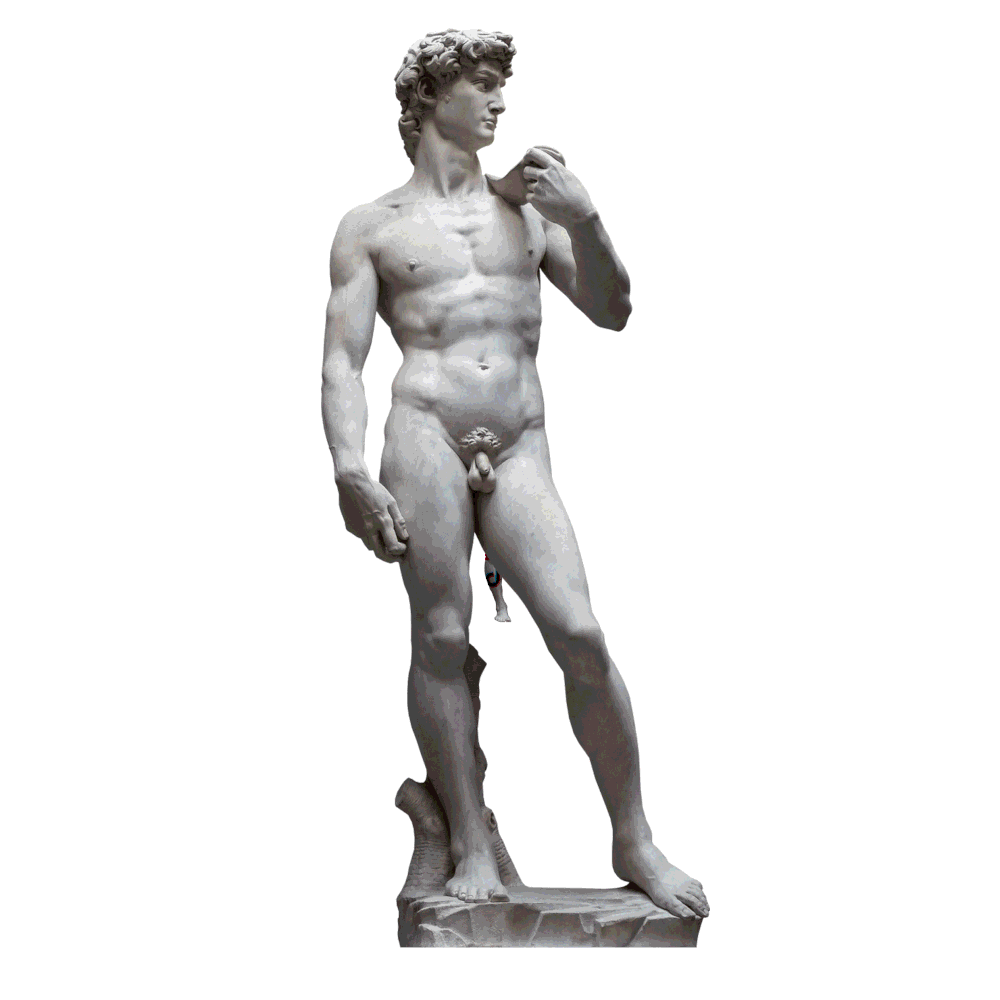
With a very basic estimation, in the future a funeral home can store up to 5 trillion megabytes/year based on the average amount of deaths in Barcelona. However, there also could be negative impacts: What if a person don’t want to share his/her own data? What could happen if a family discovers a secret of the individual that is best not found out? How useful it is it for the public to have such surplus of individual’s data?
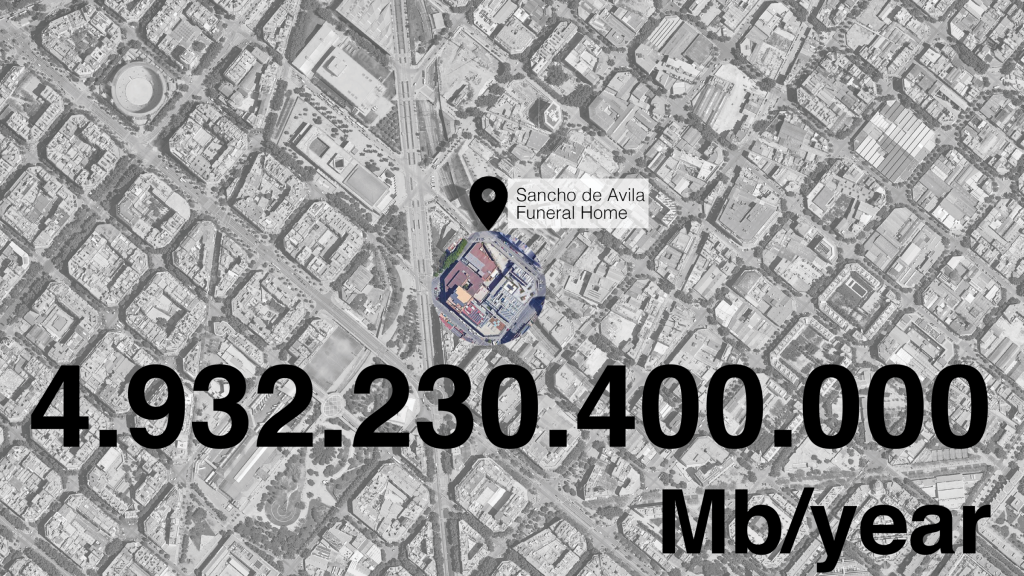
The Death of Immortality: 4_th_death is a project of IAAC, Institute for Advanced Architecture of Catalonia developed at Master in City & Technology in 2020/21 by students: Sinay Coskun, Aishath Nadh Ha Naseer, Adriana Aguirre Such, Arina Novikova, and faculty: Nicolay Boyadjiev.